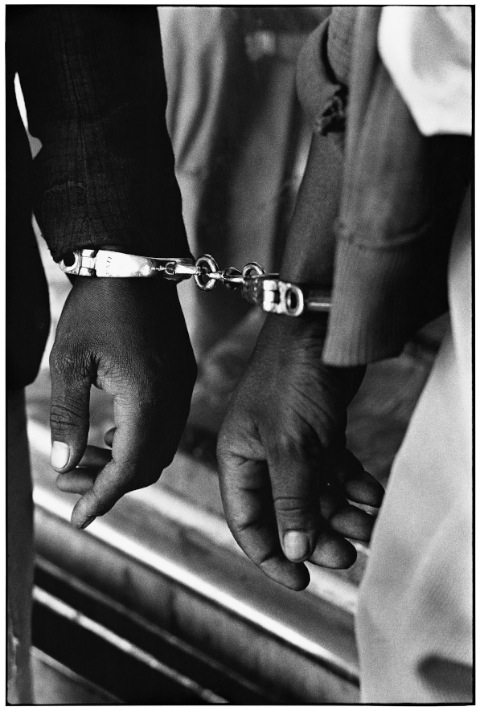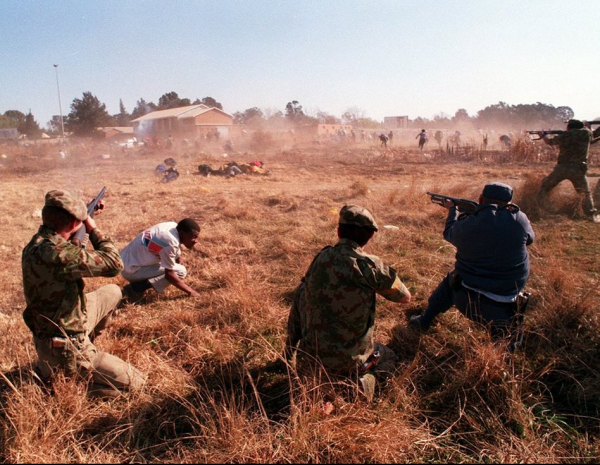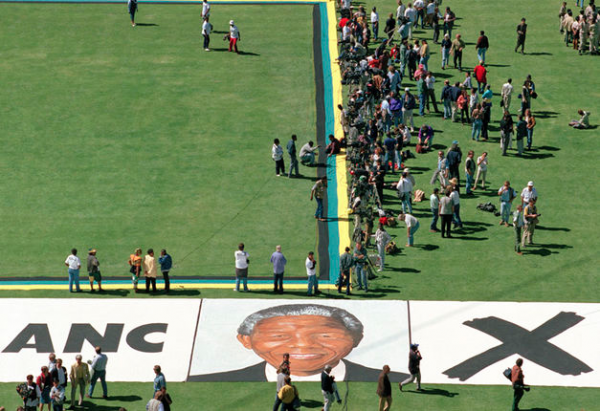The International Center of Photography’s current show is a stunner, the best show on view in New York right now and a must-see for anyone interested in the political, documentary, and aesthetic potential of the photographic image. In fact, Rise and Fall of Apartheid: Photography and the Bureaucracy of Everyday Life a must-see for anyone interested in photography. Or in history. Or politics. Or art in general. Or life.

Big, messy, overwhelming, and intellectually demanding, Rise and Fall takes up the full two floors of ICP’s Midtown space. Organized chronologically, it guides you, in fits and stops, through the whole history of Apartheid; from its beginnings in Afrikaner minority rule, through the rapid rise in segregation and restrictive legislation, the evolution from non-violent to violent opposition, and to the world outcry, Nelson Mandela’s release from prison, the tribal violence that followed, and the historic 1994 election.
More impressively, however, is the exhibition’s treatment of the photographic medium itself. The entire range of photographic strategies that have been employed to document, promote, interpret, represent, and oppose Apartheid is on view, from old magazines and promotional imagery to the indelible images produced by South African photojournalists.
What this dual exploration makes clear is how thoroughly interlinked everyday life and photographic representation became in the particularly fraught South Africa of the 20th and 21st centuries – how the photographic image was used to restrict and to subvert, to show and to tell, and, finally, to heal.
Photography by, top to bottom, Ernest Cole, Thabiso Sekgala, Greg Marionvich, and Graeme Williams



